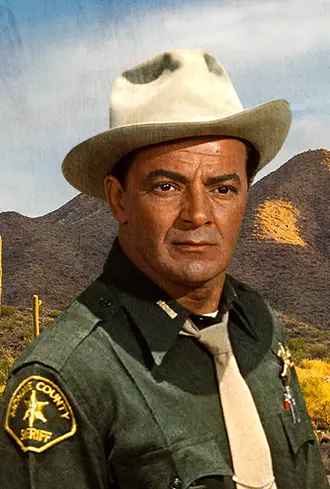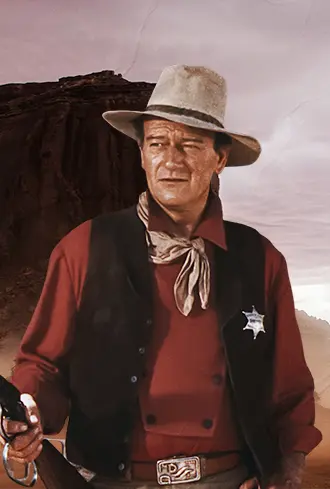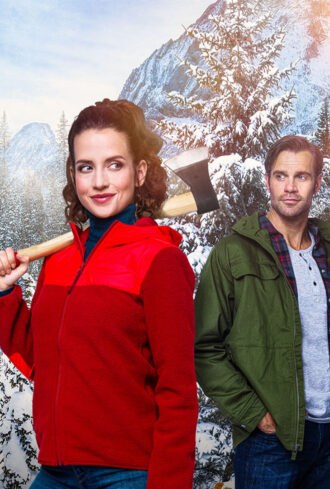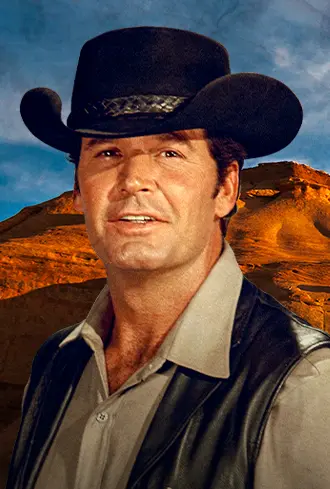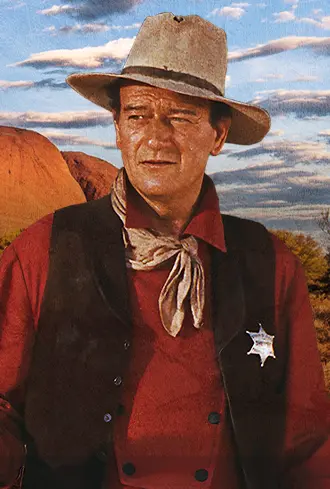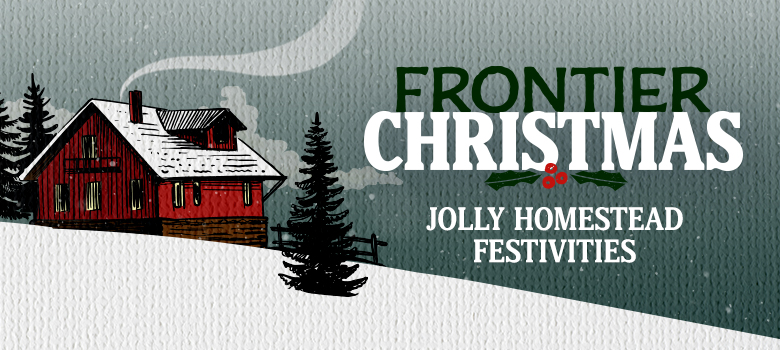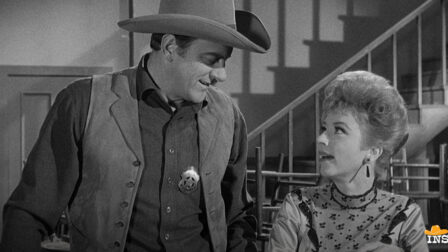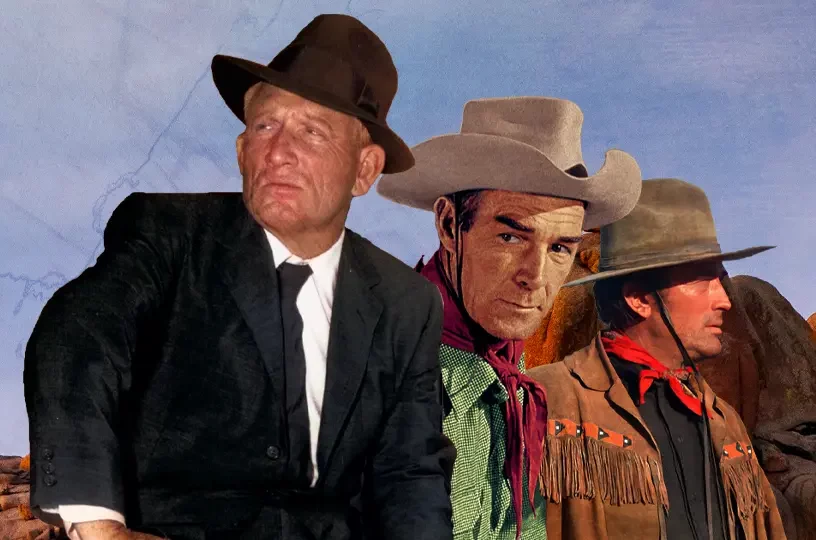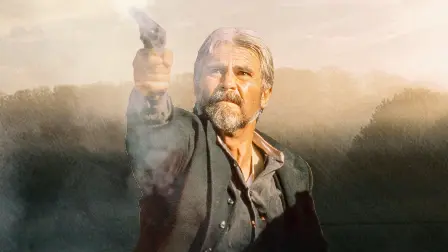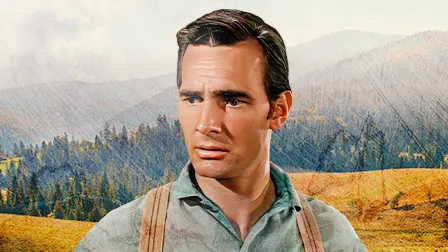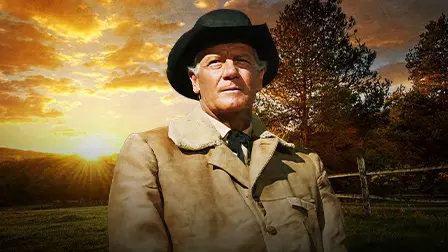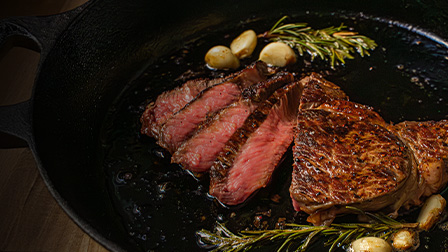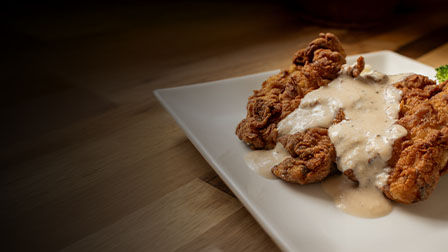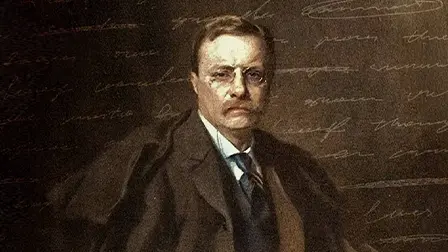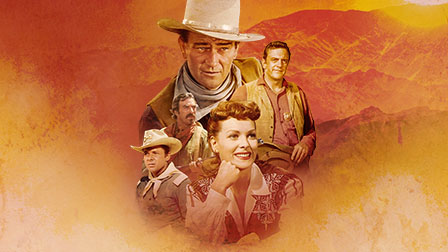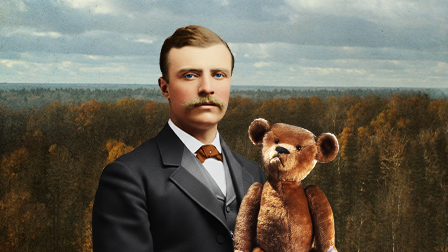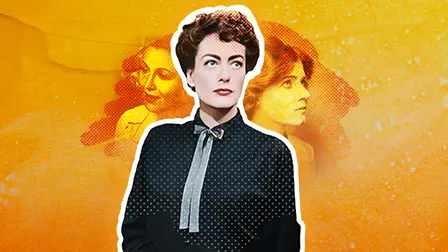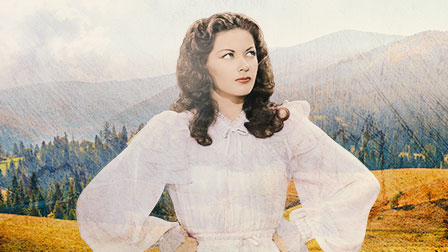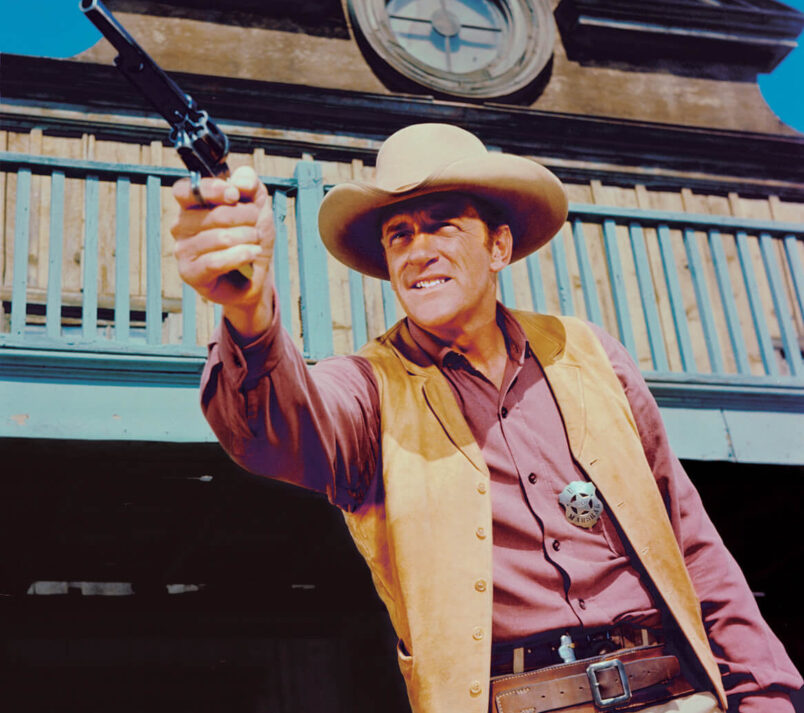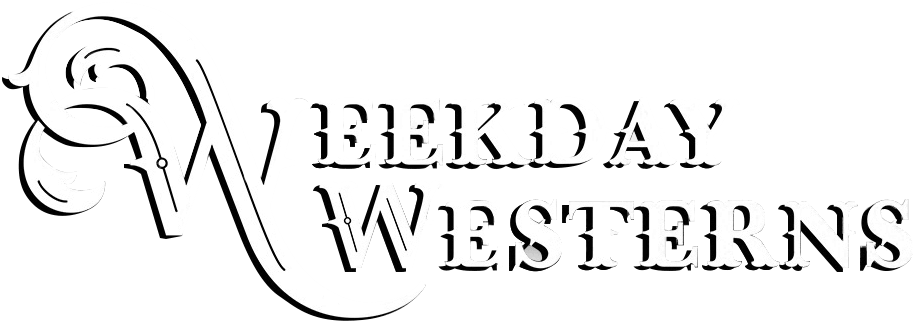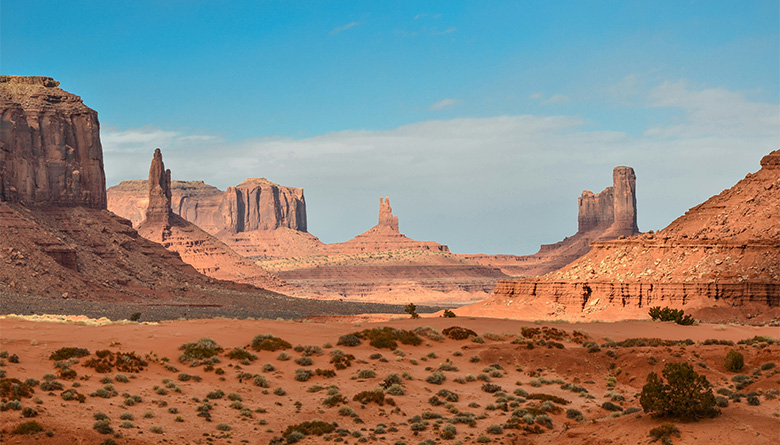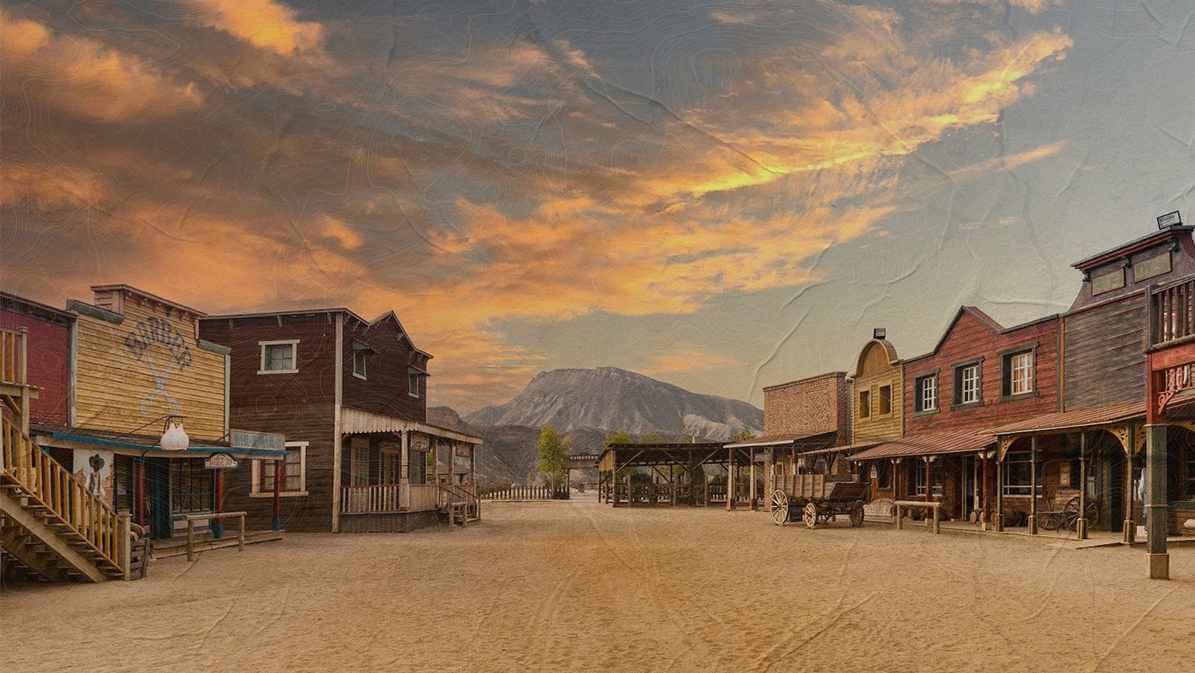By Sophia Ulmer
Of all the holidays, Christmas evokes the most sensory memories: bells, carols, and lively chatter of fire-warmed gatherings; the rich smells of the kitchen and distinctly festive flavors on the palate; the deep red and green of holly boughs amid constellations of little lights all a’ twinkle.
That same cherished holiday in the Old West? Well, you may find that a few things differ. Improvisation was key for frontier communities, who forged their own celebratory traditions with what the landscape offered.
But the celebrations were still precious, or at the very least vibrant and memorable.
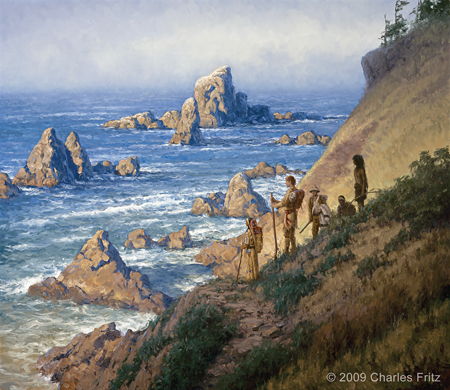 A History of Gatherings
A History of Gatherings
Christmas became a nationally recognized holiday in 1870 as a gesture of unity in the face of a collective post-war tension amid the rise of urbanization, science, and industry. The holiday wasn’t common in the early United States, its swell in popularity coinciding with an influx of German immigration which, by 1830, had increased more than tenfold. Christmas traditions like Santa Claus and the tree were welcomed stowaways.
A holiday gathering was recorded in Oklahoma by Henry Wildon in 1832, but perhaps the earliest Western Christmas celebration was held by Lewis and Clark’s group in 1805, awaiting spring in their small fort on the Oregon Coast.
Far from their extended families, Christmas often became a time for folks to gather at local churches or schools. Neighbors came together to decorate, organize meals and programming, and perhaps find someone like the jolly, old lump Titus Spangler to play Santa. On Christmas Eve in 1898, Flagstaff's Coconino Sun reported that the Presbyterian Church's program would feature entertainment and “the usual treat for the little folks … the giving of gifts by the Sunday school and its friends.”
In many locations, however, harsh winter weather made gatherings challenging, and for many, celebration was traded for survival. Fur trapper David Thompson wrote in the early 1800s: “Christmas and New Year’s Day came and passed. We could not honor them, the occupations of every day demanded our attentions; and time passed on, employed in hunting for a livelihood.”
In 1833, a Hudson’s Bay Company employee shared slightly more heartening words: “This being Christmas day I gave the men a liberal regale of eatables and drinkables, to make up in some measure for the bad living they have had all year here, and they enjoyed the feast as might be expected men would do who lived solely on soup since they came here,” the man wrote, adding, “Weather still very cold.”
Winter Wildlands
In some of the mining towns especially, the nightlife was, as the kids say, lit, and Christmas was more an excuse than an exception. In 1879 in Ruby Hill, Nevada, the Yuletide party went on for three days and nights in the saloons and dancehalls. During the Civil War years, a group of Union soldiers reportedly spent on Dec. 25 guzzling a "full 15 gallons of bad whiskey all by themselves." Back in 1858, "Uncle Dick" Wootton “The New Mexico Merchant” trotted into Denver brandishing his famous "Taos Lightning" whiskey and began handing out tin cups; "the whole camp got hilarious." (Merry Christmas, y’all.)
Recounting nights of merriment shared by cowboys in bunkhouses, historians and writers often underscore the importance of “camaraderie” as “essential to keeping spirits up.” Camaraderie, yes. And close company. In Park City, Utah, Madam Rachel Urban was fondly remembered for her annual Christmas parties, with every one of her girls in attendance. In 1867, the New York Tribune covered a Christmas ball in Virginia City, Montana. Supper, served at midnight, “would have done credit to any eastern town of thrice our population,” the metropolitan journalist marveled, noting the gender-equal guest list, which can mean only one thing.
Fueled by a carnal concoction of eggnog and hormones, brawls broke out like the one in 1877 between Big Jim Donigan and the Prescott Deputy Village Marshall Joe Price. “One of Donigan’s teeth was knocked from the gum” by one of Price’s bullets. Big Jim “promptly spit out as being no longer useful,” before the doctor “extracted the bullet from Donigan’s jaw. There was no need for anesthesia because the copious amount of whiskey he’d drank.”
After the 1900s, boxing matches became popular Christmas events in some Western towns. In Colorado in 1909, there was a huge boxing match held on Christmas night between Young McFarlan and Gig Cree.
Beyond the sanctioned fighting and general mining-town rowdiness, Christmas was not always a peaceful day. Natural disasters, illness, conflicts and tragic mishaps could disrupt holiday celebrations. Catherine Haun, a pioneer in a California tent community, wrote in 1849, “for a Christmas present the Sacramento River rose very high and flooded the whole town!” Five years later, in response to a smallpox outbreak, Ute defenders launched an effectively devastating attack on Fort Pueblo on Dec. 25, 1864. And finally, though the first string of electric lights had been invented nine years earlier, San Francisco’s Morning Call reported on the 1882 death of Grandmother Fitzsimmons, whose tree became a “sheet of flame” when one of the candles decorating it fell. “Granny tried to save some of the trinkets, accidentally setting herself on fire.”
But in spite of violence and chaos, Western settlers resolved to find the music of the season. Though they fired their rifles triumphantly into the Pacific-scented sky, Lewis and Clark’s party also sang into its ocean-chilled breeze.
Caroling would have done this way—a cappella or with simple instruments like fiddles or harmonicas—but the concept was still relatively novel in the 1800s. (“Silent Night” was written in 1818; then “It Came Upon the Midnight Clear,” “Joy to the World,” and “O Come, All Ye Faithful” in the 1840s; followed by “O Little Town of Bethlehem” and “Up on the House Top” two decades later.) Translations of the traditional Welsh song “Deck the Halls” in 1862 spurred the decorating of homes with garlands and wreaths, a trend which galloped its way Westward.
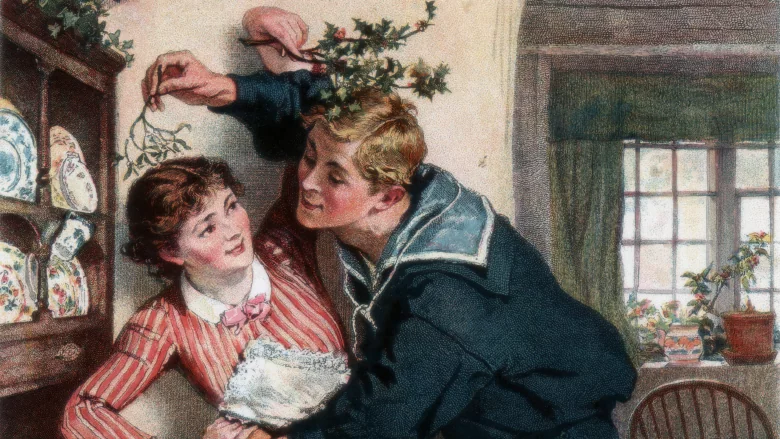 Decorating the Western Nest
Decorating the Western Nest
Holiday decorations on the frontier were rustic and charming, primarily handmade of local evergreens, pinecones, holly, nuts and berries. The woman of the house was typically responsible for arranging festive decor; one 1896 article went so far as to call a home undecorated at Christmas “a disgrace to her family.”
In part for its practicality, fire is central to any home, but this element acquires an almost mystical significance during winter celebrations. Still today, additional candles are often placed in windowsills as the sun sets earlier. In New Mexico, the custom of lighting bonfires evolved into making luminarias—paper bags with candles inside—a holiday tradition still seen today. On Christmas Eve, families would light large Yule logs to burn through the entire night, traditionally with some remains of the prior year’s log, for both warmth and good fortune.
Finding the perfect Yule log took precedence to finding the perfect Christmas tree. Originally a German practice, when the Tannenbaum was introduced in Pennsylvania around 1747, early Americans deemed it a pagan symbol (interesting, as mistletoe is in fact an Ancient Greek custom). By the late 1800s, however, trees were more common, with families often waiting until Christmas Eve to decorate them, the Yule log blazing nearby. In the West, handmade ornaments were the norm, often crafted from dried fruit, popcorn strings, colorful yarn or ribbon, cookie dough and gingerbread ornaments, candy, cotton, straw dolls and foil saved from tobacco packaging as icicles.
If wood was too scarce or homes were too small to accommodate a tree, settlers found creative alternatives. In the absence of native pine or other evergreens, settlers would use local flora such as cottonwood, sagebrush, oak, blackjack or even tumbleweed. In some regions, families set up a tree on the dining table, laying gifts at each plate rather than beneath branches. Ol’ Saint Nick is discerning, after all. He knows where to leave the stash.
About Sophia Ulmer
Sophia Ulmer, writer of all genres, is most interested in gender, politics, art, and culture. Her work appears in various anthologies and literary journals. She holds an MFA in Creative Nonfiction, and is currently based in Charlotte, North Carolina.
Suggest a Correction
We strive for accuracy and fairness. But if you see something that doesn’t look right, click here to contact us!

